
The Norwich Terrier is one of the smallest terriers.It is impossible to verify where the Norwich Terrier originated from, but the breed of this dog contains the bloodlines of the Bird Terrier, Cairn Terrier, and Irish Terrier. The Norwegian Terrier, which was created to hunt small pests, was popular...
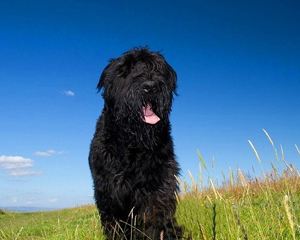
The Russian Black Terrier is a large, powerful dog with lots of energy. It has large bones and well-developed muscles. It originated in Russia and was once used as a guard dog for protection.In order to meet the needs of customs and the military at the time, Russia bred this black terrier by crossbr...
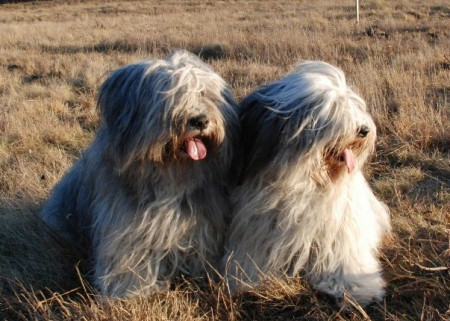
The Polish Lowland Sheepdog is a herding and guard dog that originated in the 16th century. It was originally used for gun hunting and was usually used as a companion dog and sheepdog. Its ability to herd and work is due to its strong desire and nature to please.One of the ancestors of the Polish Lo...
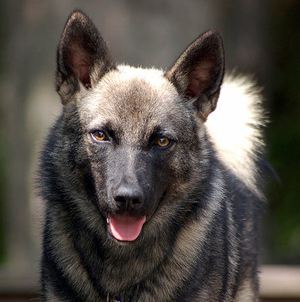
The Norwegian Elkhound is a companion of the Nordic Vikings, the guardian of the lonely manor ranch, protecting livestock and poultry from attacks by bears and wolves, and accompanying Nordic hunters on hunting tours.The Norwegian Elkhound originated in the 9th to 12th centuries. The Scandinavians i...
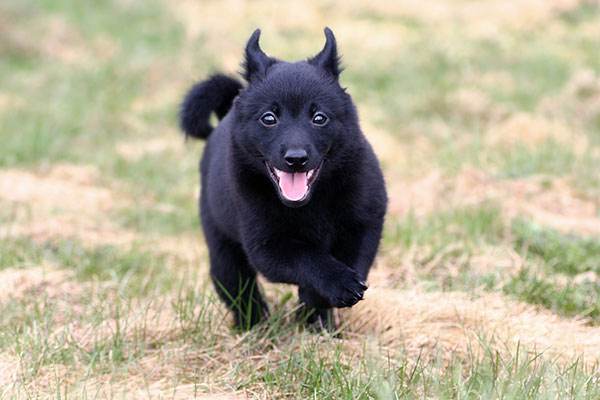
The English name of the Schipperke is Schipperke, which is Flemish and means a small captain or boat. It is mainly raised to guard canal boats and catch mice on the rivers in the low-lying areas of Belgium.The Schipperke is produced in Flanders. There has been no similar breed for hundreds of years....
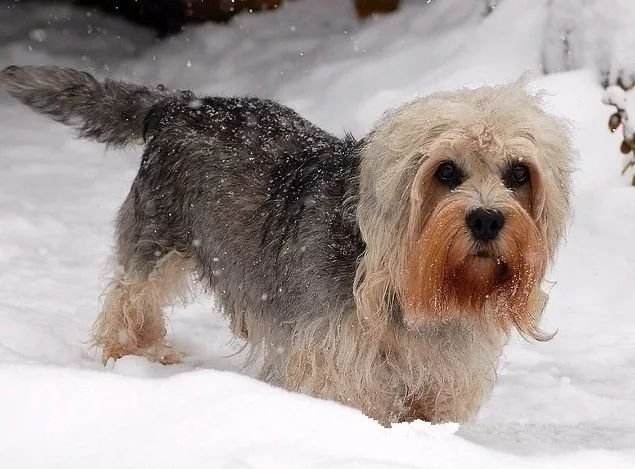
The name of the short-legged long-bodied terrier comes from the name of the dog breeder in the novel by Walter Cordell. It is an excellent hunting dog that specializes in hunting small cave animals such as mice, cave bears, otters, rabbits, etc.The Short-legged Terrier was bred from the many native...
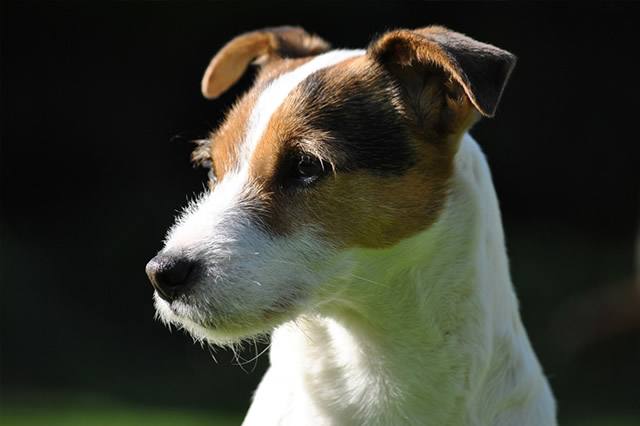
Although the Parson Russell Terrier was not recognized by the AKC until 2002, its origins can be traced back to the mid-18th century.The name of the Parson Russell Terrier comes from the most famous hunter in Britain at the time, and also a famous local pastor, Parson Russell. Legend has it that he...

The Icelandic Dog originated in Iceland in the 17th century. Also known as the Icelandic Sheepdog and the Friaar Dog, it is the only native breed in Iceland.Brought to Iceland by Scandinavian colonists between 874 and 930 AD, the Icelandic dog and its working methods are well adapted to the local te...
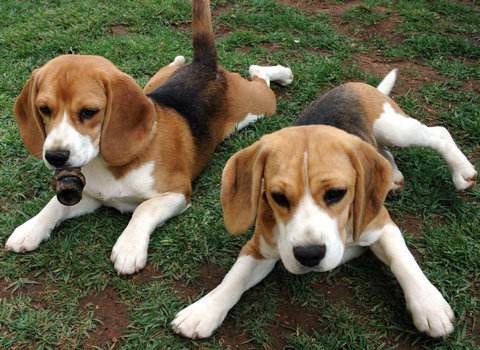
The American Foxhound originated from the English Foxhound introduced to America in 1650.The American Foxhound is lighter than the English Foxhound, and they run very fast because the American red fox runs faster than the English fox. In 1770, Washington (President of the United States) ordered some...
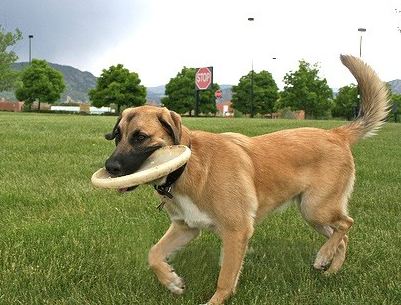
About 1,000 years ago, some Turkish-speaking people came to settle in some parts of Asia, and they brought with them the proud shepherd dogs, the ancestors of the Anatolian Shepherd Dog.Initially, the ancient Turks did not use sheepdogs to drive sheep, but only used them to protect the flocks from c...

The Keeshond is the national dog of the Netherlands.The Keeshond is relatively large, but it does not take up space. When riding on a Dutch ship, it is accustomed to curling up into a circle to avoid taking up space. The Keeshond is very loyal to its owner and brings endless joy to the owner. Althou...

The Italian Greyhound was the smallest hunting dog in the past. It is an ancient dog breed that was mostly used to hunt rabbits and pheasants. Because of its small size and cuteness, it has gradually become a family pet dog.The highest admirer of the Italian Greyhound was King Frederick II of Prussi...
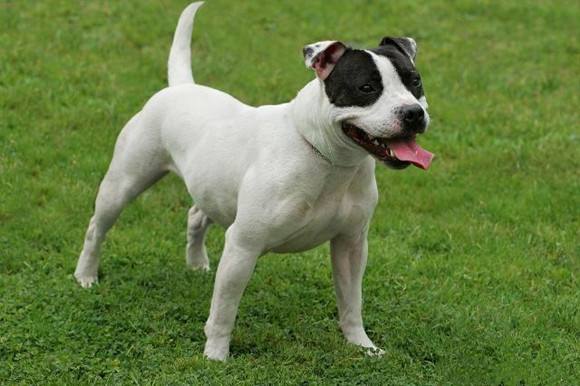
The Staffordshire Bull Terrier originated in England hundreds of years ago and is a cross between a bulldog and a Mastiff.In the early 19th century, when dog fighting was popular, the bulldogs bred at that time were larger than the dogs we know today, and these large dogs were crossed with some of t...
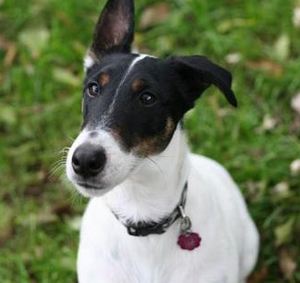
The Short-haired Fox Terrier is a British breed that has been registered in the United States for more than 100 years. The breed is divided into two strains - the Short-haired Fox Terrier and the Wire-haired Fox Terrier.In 1984, the American AKC Club passed the standard to distinguish between the sh...
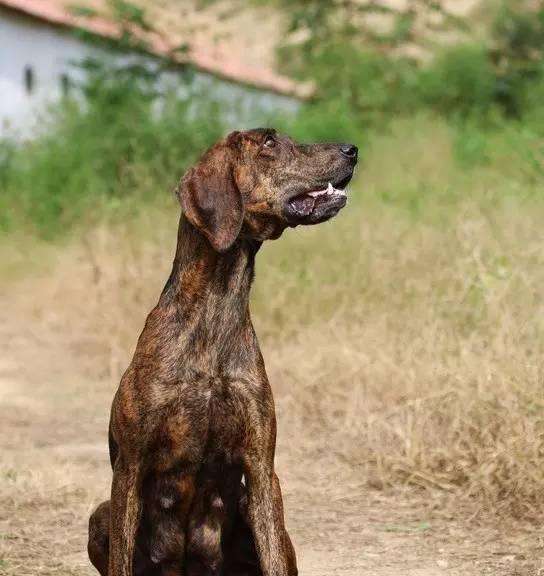
The Plott Hound is a large group hound native to the United States and originated in the 18th century. The Plott Hound is intelligent, alert and confident, with a pronounced hound-like overtone, and was traditionally bred to handle large game.The Plott Hound is the original coonhound. This large, so...
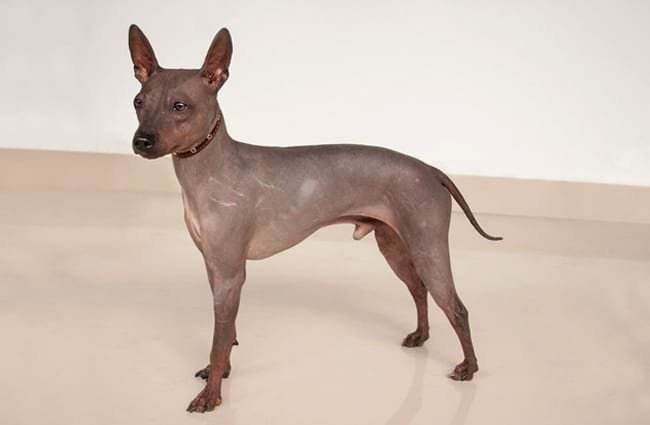
The Mexican Hairless Dog is one of the earliest dogs in the world and was once used as a bed-warmer and pet, but it is not very popular. This clever, lively and affectionate animal is often compared to ancient African stray dogs and European terriers. Their physical structure is reminiscent of the c...
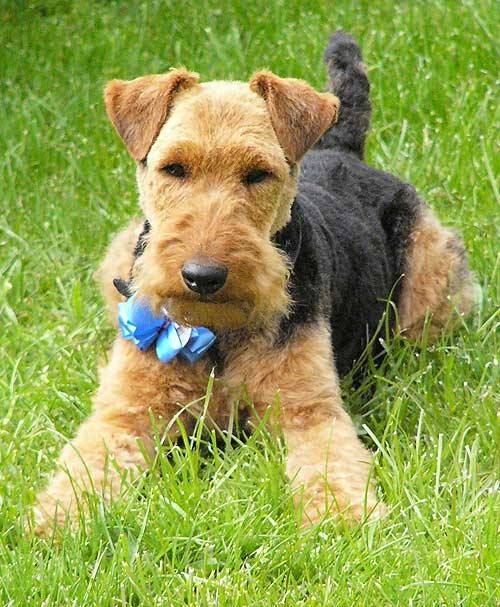
The Welsh Terrier is a breed of dog native to the United Kingdom, originating in the 19th century.The ancestor of the Welsh Terrier is the old black and brown terrier of Wales, England. It was first recognized by the British Kennel Club in 1886. It was introduced to the United States two years later...
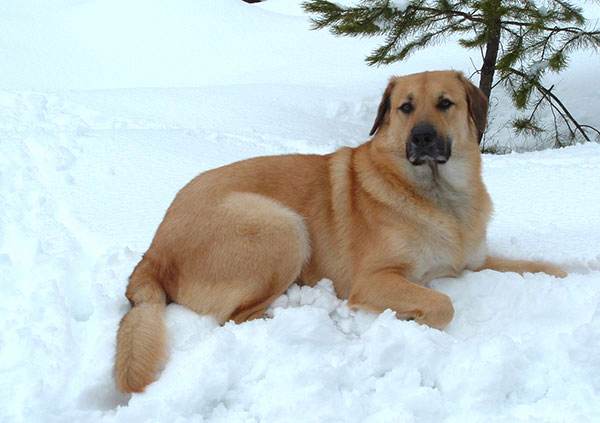
The Chinook originated in the 20th century and is native to the United States.It was bred by historical breeder Arthur Walton, with the main task of catching sleds. It was bred by mating Eskimo dogs, short-haired Saint Bernard dogs and Belgian shepherd dogs.The rarest dog in the world is the Chinook...